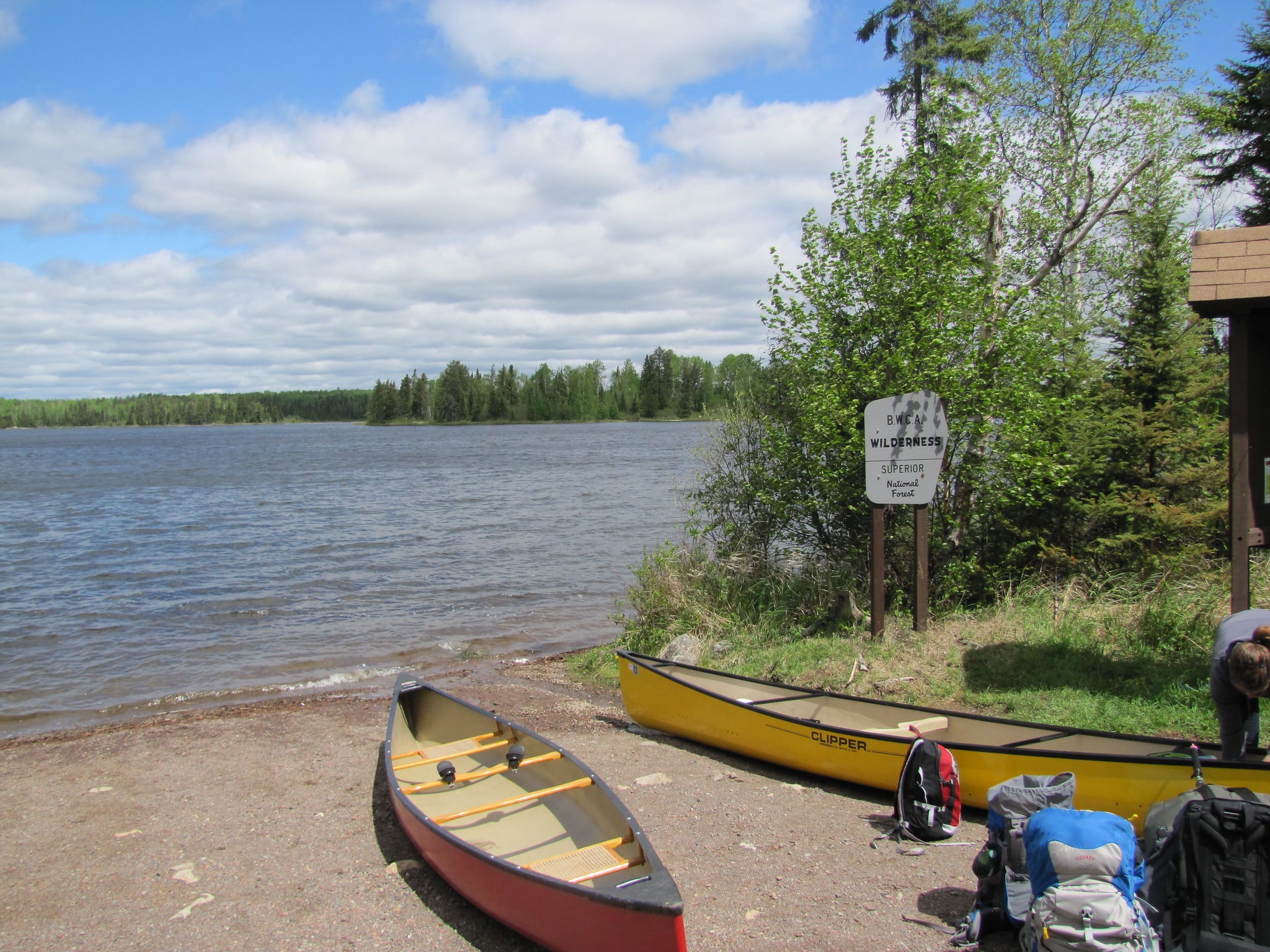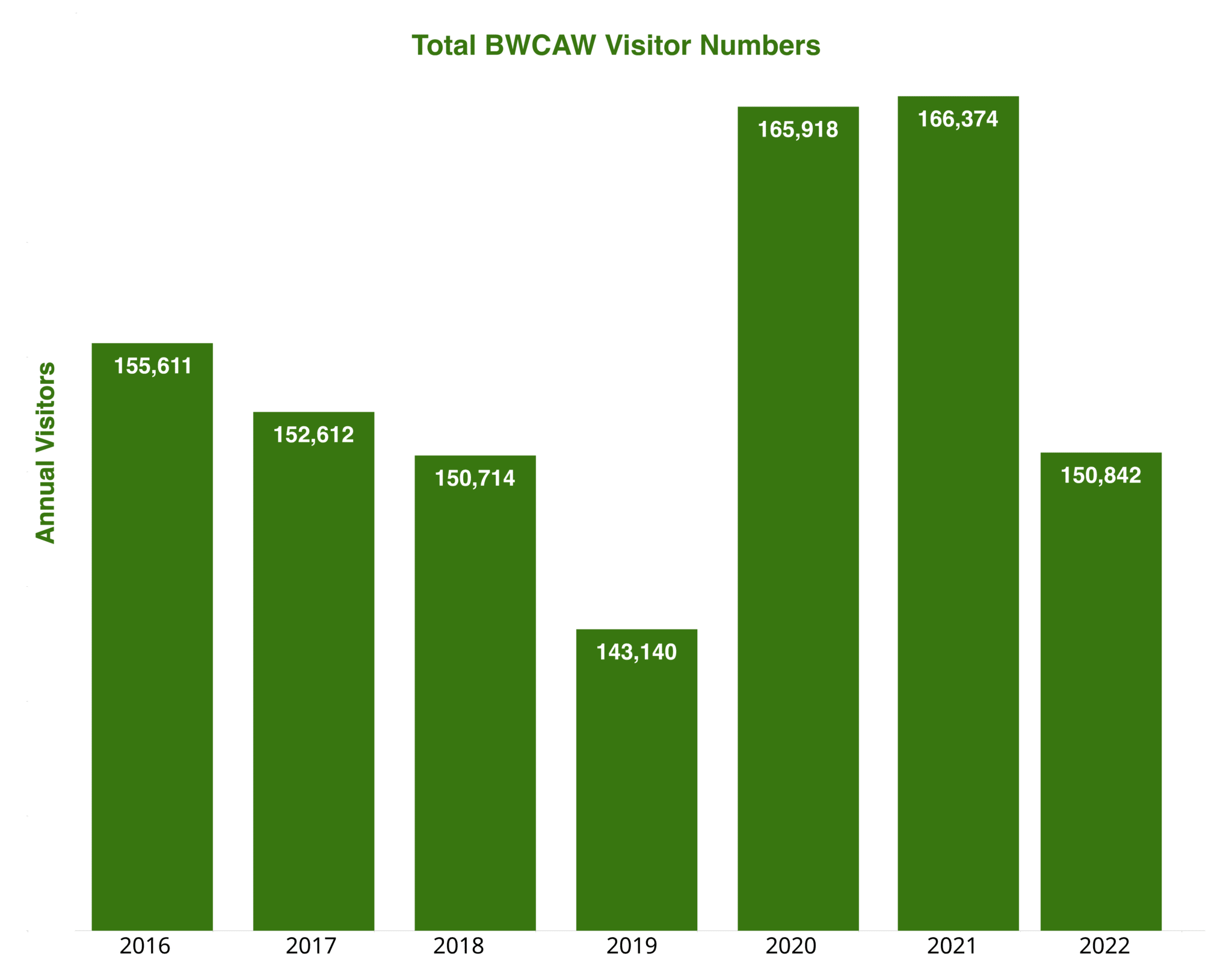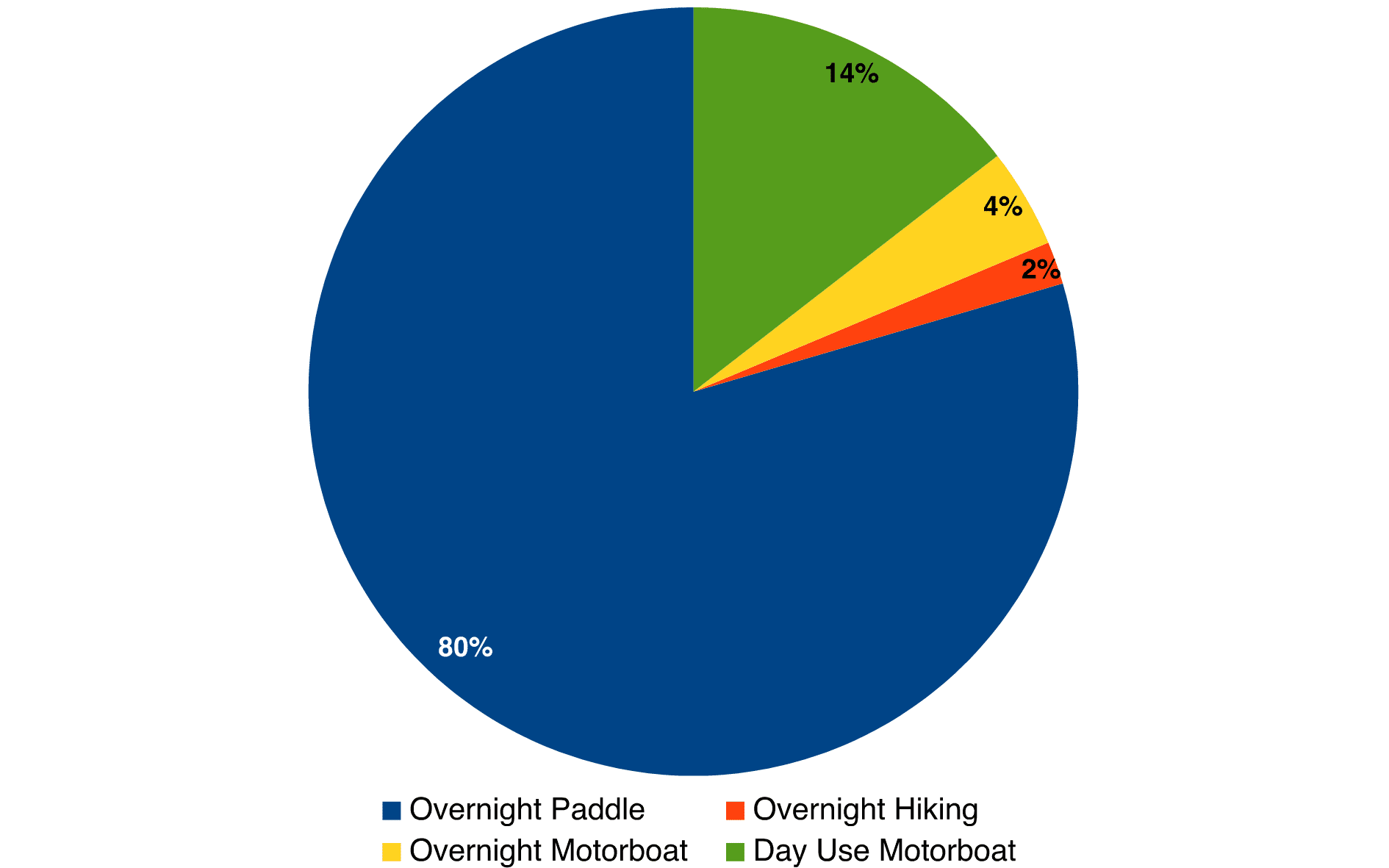
The Superior National Forest announced this week that the number of visitors to the Boundary Waters Canoe Area Wilderness last year returned to similar levels as before the COVID-19 pandemic. The Forest Service says the number dropped by nine percent last year, after two years of the intensive use attributed to the pandemic and travel restrictions.
Forest Service staff say they see the decline as overall beneficial for the Boundary Waters, as concerns had risen about crowding, Leave No Trace violations, and other activities damaging to the wilderness during the COVID spike.
“The return to previous use levels is beneficial in protecting social and physical resources,” the report says.

After increasing by 16 percent in 2020 from the year before, and remaining high in 2021, the 2022 number dropped nine percent to almost exactly the 2018 level.
Other data included in the report, which originates with the Recreation.gov permit reservation system, included cancellations, no-shows, and various activity levels. Unsurprisingly, more than nine out of 10 visitors came to the BWCAW during the permit quota season, May 1 to September 30.

There was also a leveling off of the number of people who cancelled permit reservations, or simply didn’t show up to claim a reserved permit. The Boundary Waters saw a steep increase in the number of those types of incidents in 2020 and 2021, a trend the agency attributed to “the pandemic, fifteen wildfires, and the unwarranted perception of scarcity.”
One factor not considered in the Forest Service report was the agency’s own decision to reduce available permits in 2021. With the stated intent to reduce crowding, the Forest Service cut the number of permits at several entry points, a controversial decision that was made with little public input.
One BWCAW outfitter said he believes the permit cuts were a big part of the drop in visitor numbers in 2022.
“[T]here’s no reference to the fact that the Forest Service actually reduced permits by 13 percent,” Jason Zabokrtsky told MPR News. “And that’s probably a large part of the reason why usage went down in 2022.”
More information:
- Boundary Waters Canoe Area Wilderness Superior National Forest Permit & Visitor Use Report 2018-2022 – Superior National Forest
- After two-year spike, Boundary Waters visits drop to pre-pandemic levels – MPR News

